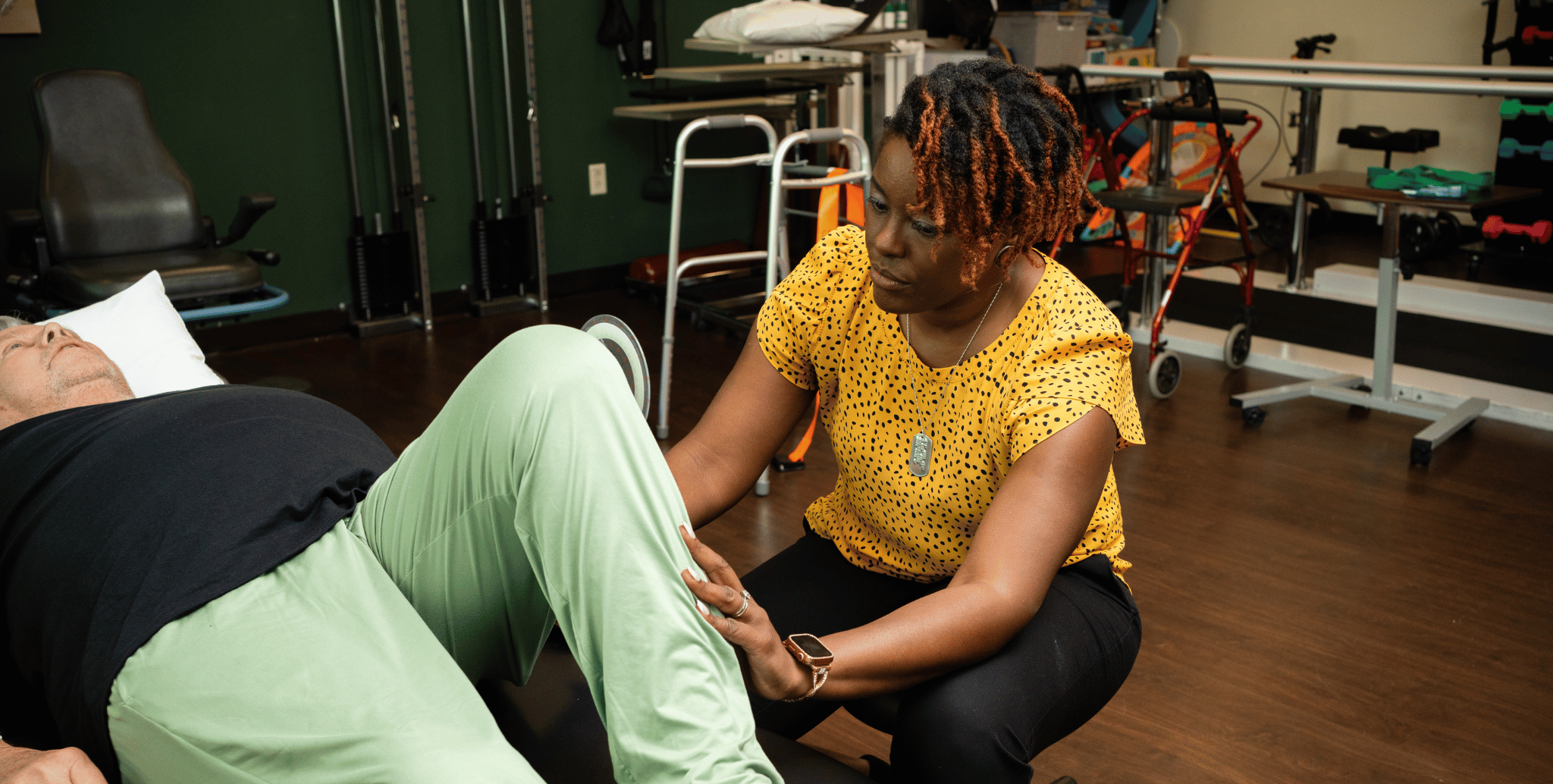Chronic respiratory conditions, including bronchial asthma and chronic obstructive pulmonary disease (COPD), influence millions of patients globally. These issues can make it difficult for individuals to breathe, leading to a decrease in movement and total quality of life. However, studies has shown that participating in regular exercise can significantly reduce symptoms of these disorders. Movement helps improve the breathing muscles, optimize lung function, and enhance overall stamina. By integrating movement into their regular habits, patients with chronic respiratory disorders can enjoy better health and enhanced well-being.

One approach that movement helps those with long-term respiratory disorders is by enhancing respiratory function. When people participate in exercise, their lungs work harder to deliver oxygen to the system. This can result in improved pulmonary function and performance over time. Activities such as walking, lap swimming, or biking can be especially advantageous. They allow patients to gradually improve their endurance without overexerting their systems. As a result, patients may discover they can carry out everyday tasks with greater ease and undergo fewer occurrences of shortness of breath.
Moreover|Additionally|Furthermore, physical activity can have beneficial impacts on mental health as well. Chronic breathing disorders often come with feelings of nervousness and depression due to persistent health challenges. Routine physical activity stimulates the production of brain chemicals, which are substances in the cerebrum that assist boost emotional state and decrease tension. Joining classes or organized programs can also offer peer interaction and diminish perceptions of loneliness. This social connection can encourage people to maintain activity while also supporting their mental health.
In addition to physiological and mental health advantages, exercise can result in enhanced management of manifestations associated with chronic pulmonary disorders. For instance|For example|Specifically, individuals who participate in routine exercise may have fewer exacerbations and diminished severity of manifestations like coughing and breath noise. It is crucial for those with these diseases to work with healthcare professionals before beginning an exercise program. A physician or rehabilitation specialist can guide them in selecting safe activities that fit their specific Resources requirements and constraints.
Finally|In conclusion|Ultimately, incorporating exercise into regular schedules does not have to be overwhelming or complicated. Small modifications, such as taking the stairs instead of the lift, taking a walk during midday breaks, or participating in yoga sessions, can produce notable benefits over time. Creating realistic targets and progressively building activity levels can assist people to remain engaged and attain long-lasting results. With dedication and the proper assistance, people with chronic respiratory conditions can utilize go now the potential of movement to improve their manifestations and boost their well-being.